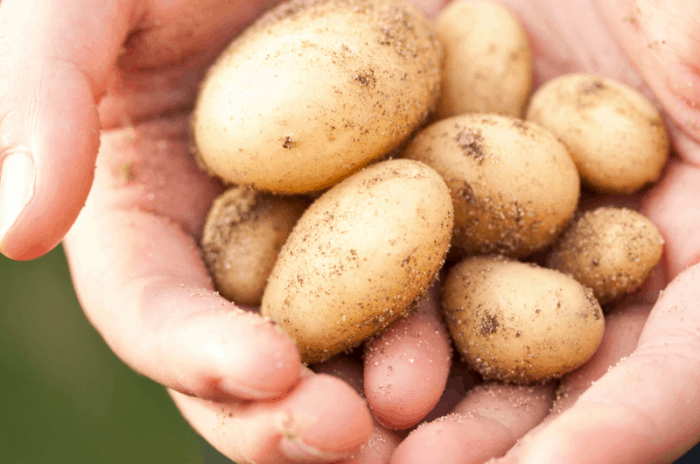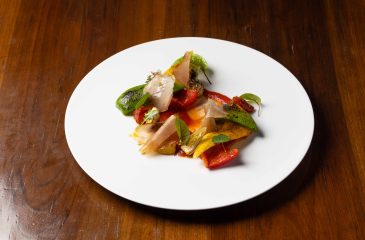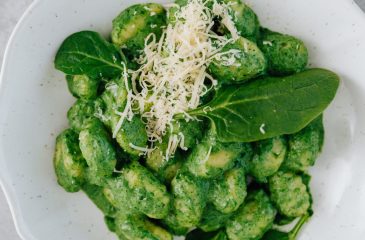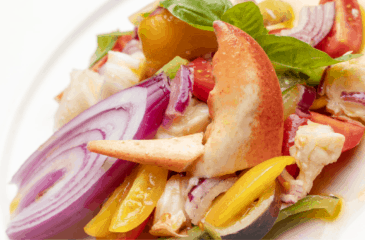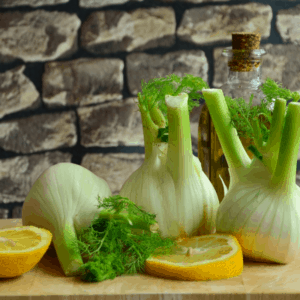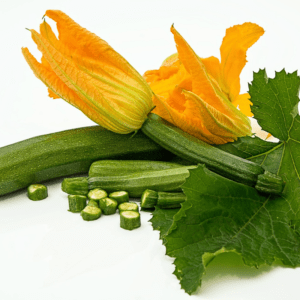The potato is native to the Americas: a starchy tuber of the plant Solanum tuberosum.
Wild potato species, originating in modern-day Peru, can be found throughout the Americas, from Canada to southern Chile.
In the high Andes, there is an ancient group of potatoes known as papas nativas, which are gnarled and covered in knobs of various sizes, still eaten today.
Potatoes were domesticated approximately 7,000–10,000 years ago; at the potato market in Huancayo, Peru, one can see descendants of these ancient agronomists, selling the potatoes they have grown, much like ancient times.
The potato was introduced to Europe via the Conquistadores, after the voyages of exploration and conquest of the 15th – 16th centuries, but it remained for a long time confined to botanical gardens as a rarity. Its flowers are beautiful; Marie Antoinette was said to wear them in her hair. At some point, Spanish monks began to cultivate the potato and eat the plant, but it was declared diabolical; the potato’s virtues were only discovered years later. The leaves should not be eaten, for they have a very high level of solanine, a toxic alkaloid. For the same reason, potatoes should not be eaten raw or when still green,).
Most of Europe discovered potatoes as edible separately, but w
ere influenced by each other: if they can eat them safely, why can’t we? In France, an advisor to the Royal Court, Parmentier, held a huge banquet at the Palace of Versailles with each course made from potatoes; it was hugely effective, and the potato has been a favourite ever since –think frites! In other areas, such as Russia and Eastern Europe, potatoes were first used to prepare vodka.
And while rivalry between Belgium and France exists as to who invented the French Fry, aka frites or chips, there is no doubt as to how much the entire world loves hot, crisp, chips! who can resist them?
There are over two thousand varieties of potatoes, and they can be divided into two large groups: white-fleshed potatoes, flourier and more suitable for mashed potatoes or gnocchi as well as deep frying, and yellow-fleshed potatoes with compact flesh and therefore suitable for cooking whole, eating hot or cold in salads, or pan fried.
Potatoes actually come in many colours, both in peel and flesh, including blue/purple and a sort of mauve/rose colour, high in nutrition and with a distinct flavour, more commonly found in America than in Europe.
The potato is a good source of Vitamins C and B6, manganese, phosphorus, niacin and pantothenic acid; it is also high in potassium, which while healthy should nonetheless be avoided or eaten less frequently by those with kidney problems. Rich in both starch and fibre, its fibres easily absorb the sugar, allowing [many] diabetics to happily eat potatoes.
The cooking water of potatoes is an excellent remedy for rheumatic pain and also a good addition to making bread dough, while a slice of raw potato laid on a burn can help soothe it and lift the pain.

